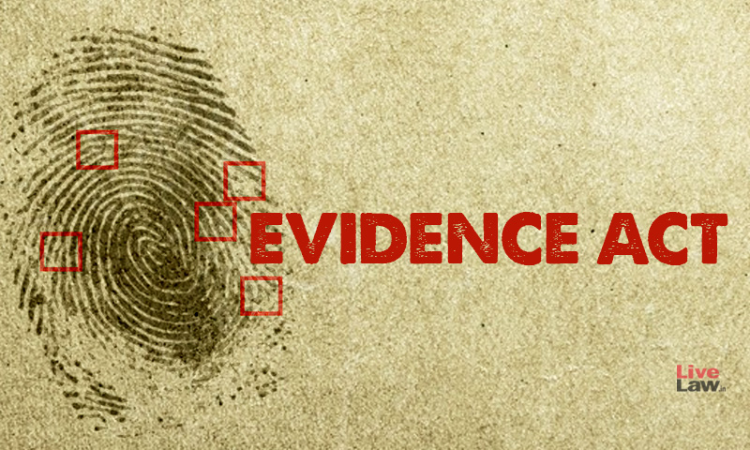- Home
- /
- High Courts
- /
- Chhattisgarh High Court
- /
- S.27 Evidence Act Vulnerable To...
S.27 Evidence Act Vulnerable To Abuse, Courts Must Be Vigilant About Its Frequent Use By Police: Chhattisgarh High Court
Yash Mittal
20 Sept 2024 4:29 PM IST
Recently, the Chhattisgarh High Court expressed concern over the misuse of Section 27 of the Evidence Act by the police and suggested the courts be vigilant about its application to ensure the credibility of evidence. The court said so while acquitting the accused persons who were charged with murdering after the prosecution failed to complete the chain of circumstances evidence based on...
Recently, the Chhattisgarh High Court expressed concern over the misuse of Section 27 of the Evidence Act by the police and suggested the courts be vigilant about its application to ensure the credibility of evidence.
The court said so while acquitting the accused persons who were charged with murdering after the prosecution failed to complete the chain of circumstances evidence based on which the accused were convicted.
It was a case where the conviction of the accused persons was based on the circumstantial evidence led by the police by taking aid of Section 27 of the Evidence Act. The memorandum of accused statements recorded by the police stated incriminating statements as well as the statement leading to the discovery of the objects.
Holding that incriminating statements would not be admissible in evidence being hit by Section 25 of the Evidence Act, the bench comprising Chief Justice Ramesh Sinha and Justice Bidhu Datta Guru observed that only that part of the statement would be admissible that led to the discovery of the object.
The court added that the statement indicating the discovery of the object would serve no purpose if, under the disclosure statements, no incriminating articles were recovered.
“only discovery of an object, the place from which it is produced and knowledge of the accused as to this extent would be admissible and incriminating part of the accused statement that they have inflicted injuries on the deceased and thereafter they have strangulated them would not be admissible under Section 27 of the Evidence Act, but the fact remains that no incriminating article has been seized pursuant to their memorandum statements. As such, that part of evidence would not be admissible.”, the court said.
The controversy revolved around the testimony supplied by the Investigation Officer who had made a contrary deposition on one hand he admitted that in the inquest report he had mentioned that the death of the deceased happened due to strangulation or homicidal, while on the other hand, there was no clarity by the doctor who performed the autopsy that the death of both unidentified persons was homicidal or accidental or suicidal.
The Court observed that when the conviction is based on circumstantial evidence and there exists a gap in the chain of circumstances than the accused is entitled to the benefit of the doubt.
“There cannot be a gap in the chain of circumstances. When the conviction is to be based on circumstantial evidence solely, then there should not be any snap in the chain of circumstances. If there is a snap in the chain, the accused is entitled to benefit of doubt. If some of the circumstances in the chain can be explained by any other reasonable hypothesis, then also the accused is entitled to the benefit of doubt.” the court said.
“Considering the evidence of Dr.B.M.Kamre (PW-26), evidence of investigating officer Tejnath Singh (PW-32), evidence of Bedwati, postmortem reports and other circumstances, we are of the considered opinion that the prosecution has failed to prove its case beyond reasonable doubt and the trial Court has committed grave legal error in convicting appellants-Nazir Khan and Patul @ Abdul Majid for offence under Sections 302 (two times) read with Section 120B, 201 and 394 of the IPC.”, the court held.
Accordingly, the impugned judgment convicting the accused was set aside and the appeal was allowed.
Case Title: Nazir Khan Vs. State Of Chhattisgarh, CRA No. 207 of 2018


